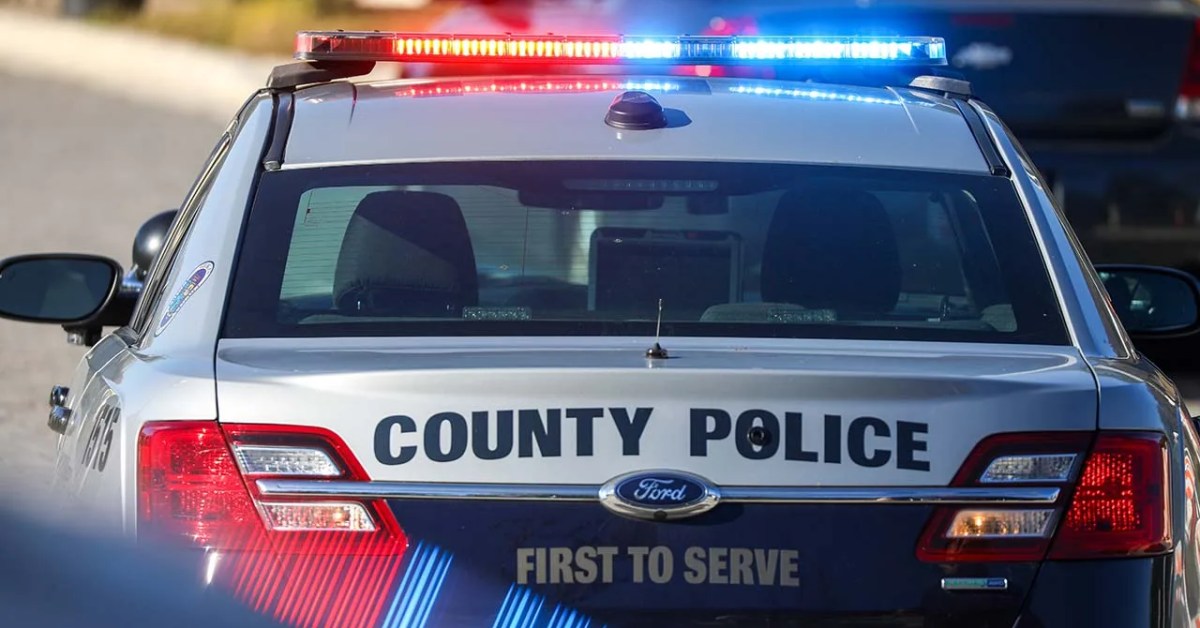- Sep 13, 2002
- 94,065
- 190,285
- 113
What Broken Windows Theory Can Teach Us Now
The discredited policing philosophy got one thing right: It isn’t crime that makes people feel unsafe.
BY HENRY GRABARMARCH 13, 20235:50 AM
Chicago’s mayoral primary, which cost Lori Lightfoot her job last month, has already been sanded down into an object lesson in how high crime will lose Democrats elections. But it was clear, even on election night, that the story wasn’t nearly so tidy.
Look at the Chicago map, and you’ll note that people who live in high-crime neighborhoods voted overwhelmingly for Lightfoot—and not for front-runner Paul Vallas, who had the endorsement of the police union. Conversely, if the Paul Vallas Zone—the wedge of Chicago running north and northwest from the Loop whose 1.3 million residents rejected the mayor—were a city, it would be one of the safest big cities in the country, with a murder rate just a tick above the national average.
In other words, Chicago’s mayoral election offers another illustration of the dynamic observed in the 2022 midterms, in which the people least affected by crime support the most-aggressive pro-police politicians. Why different voters have different responses to crime is not rocket science: Lightfoot and her voters are Black; Vallas and his voters are white. In a WBEZ/Sun-Times poll from last month, Black Chicagoans were almost twice as likely to feel unsafe (84 percent) as their white neighbors (49 percent)—but white Chicagoans were twice as likely (61 percent) as their Black neighbors (30 percent) to say that crime was the top issue affecting the city.
The more interesting question is how voters in the Vallas Zone got so worried about crime in the first place. The Vallas Zone doesn’t exist just in Chicago; it’s a state of mind occupied by a much larger group of American voters whose concern about violent crime has become a major force in electoral politics—even as their own neighborhoods remain mostly unaffected, in a context where most violent crime is at or near a 30-year low. It goes all the way up to President Joe Biden, who has decided to overrule D.C.’s criminal code reform, after a panic about the maximum sentence for armed carjacking being a mere 24 years in prison. In a debate last week over whether to preempt the local bill, GOP Sen. Roger Marshall of Kansas said the District “no longer belongs to the people. The city now belongs to the criminals.”
There are plenty of explanations for this overcooked rhetoric. First, violent crime may be flat overall, but murders have risen significantly since the start of the COVID-19 pandemic, which I’m aware is like saying dinner was great except for the main course. Nationally, murders are up by almost 30 percent since 2019—a similar rate of increase to Chicago (43 percent) and D.C. (30 percent). Second, there’s nothing odd about people personally unaffected by crime being worried about it. In fact, it is just this fear, of slipping from the “suburban lifestyle dream” to “worse than Afghanistan,” that motivates so much of conservative politics. Third, most of the country is locked in a media crime narrative cycle driven by ubiquitous phone cameras that makes the TV-news adage of “If it bleeds, it leads” look quaint. (If there are pics, it clicks.) On Fox News and social networks, hate crimes, shoplifting, and anything involving an undocumented perp is a viral news cycle unto itself. (If it offends, it trends!) Finally, some older Americans seem to have tragically lost the ability to process new memories of city life, their hippocampi zapped by a cellphone video of teenagers stealing North Face jackets in the summer of 2020.
The most likely explanation, I think, is that American cities have experienced some very prominent signs of disorder since the pandemic that don’t show up in crime data: homeless encampments, people in visible mental distress, public drug use, deranged driving, smoking on trains, turnstile hopping, rats, shuttered storefronts, empty streets. Rightly or wrongly, these elements of the urban landscape send signals of a society in decline that are more powerful than arcane debates about shoplifting data. And we’ve decided to group all this social breakdown in with the homicide surge under the umbrella of crime, a categorization that is sometimes inaccurate (homelessness isn’t a crime) and mostly counterproductive (police don’t build homes).
This disjointed relationship between violent crime, civic disorder, and public concern isn’t new. In fact, it’s at the core of the theory that has shaped American policing for much of the past two generations.
That a breakdown in everyday social norms might make people irrationally concerned for their safety was the thesis of a famous 1982 essay in the Atlantic, “Broken Windows,” by the criminologists James Wilson and George Kelling. Kelling later honed his pitch for what became known as the “broken windows” policing strategy: cracking down on “grinding, day-to-day incivilities and minor street offenses that erode the quality of urban life, make people afraid, and create the milieu within which serious crime flourishes.”
There was a sleight of hand in that set of three: Did “incivilities” really create a milieu for serious crime? Or merely make people afraid?
New York Mayor Rudy Giuliani, who adopted this policing approach after taking office in 1994, always argued that the answer was both. He instructed the NYPD to arrest the squeegee men who wiped down car windshields at red lights and pursue other anodyne offenses, such as panhandling and playing loud music. Because he oversaw a drop from record highs in felonies like murder and auto theft, Giuliani claimed that thinking small had produced big effects: “You can’t be too busy to pay attention to those things,” he said in his farewell address, “because those are the things that underlie the problems of crime that you have in your society.” Broken windows policing spread, and William Bratton, who ran the police in New York and Los Angeles, said that Kelling had “been the most profound influence on American policing in the last 40 or 50 years.”
But Kelling himself was always a little more circumspect about the point of broken windows. The original essay began with a story of officers on foot patrol in Newark, New Jersey, an experiment that ran counter to the conventional wisdom of the time, because cops on a neighborhood beat would be unable to quickly respond to 911 calls. Sure enough, crime did not fall thanks to this approach—it may have even gone up. But residents felt safer and believed that crime had gone down. And that, Wilson and Kelling wrote, was what mattered. In fact, they argued, solving crimes had always been a secondary responsibility of police after keeping order.
In the 2010s, sociologists began to demonstrate serious doubts about the Giuliani narrative that aggressively policing small crimes stops big ones. New York’s precipitous crime decline had come after a steep rise, suggesting a reversion to the mean. Crime had fallen in virtually all American cities at the same time. Numbers kept dropping even after one of the supposed cornerstones of the strategy, Michael Bloomberg’s stop-and-frisk policy, was halted by his successor, Bill de Blasio. The stakes of this debate were heightened by a number of tragedies that broke through the general pattern of racist civil rights abuses, including the suicide of Khalif Browder, who spent 700 days in solitary confinement for allegedly stealing a backpack, and the death of Eric Garner, after he was put in a police chokehold for selling cigarettes. The harms of broken windows policing were clear. But were the benefits all we’d been promised?
Kelling’s response to that query was surprisingly ambivalent. “Even if broken windows did not have a substantial impact on crime, order is an end in itself in a cosmopolitan, diverse world,” he told NPR in 2016. “Strangers have to feel comfortable moving through communities for those communities to thrive. Order is an end in itself, and it doesn’t need the justification of serious crime.”



